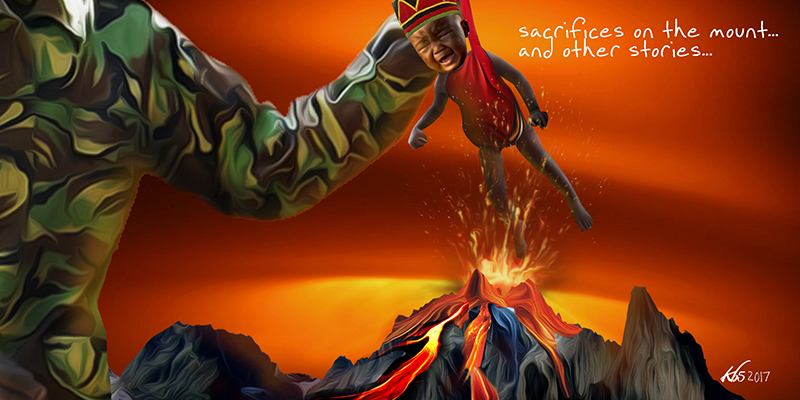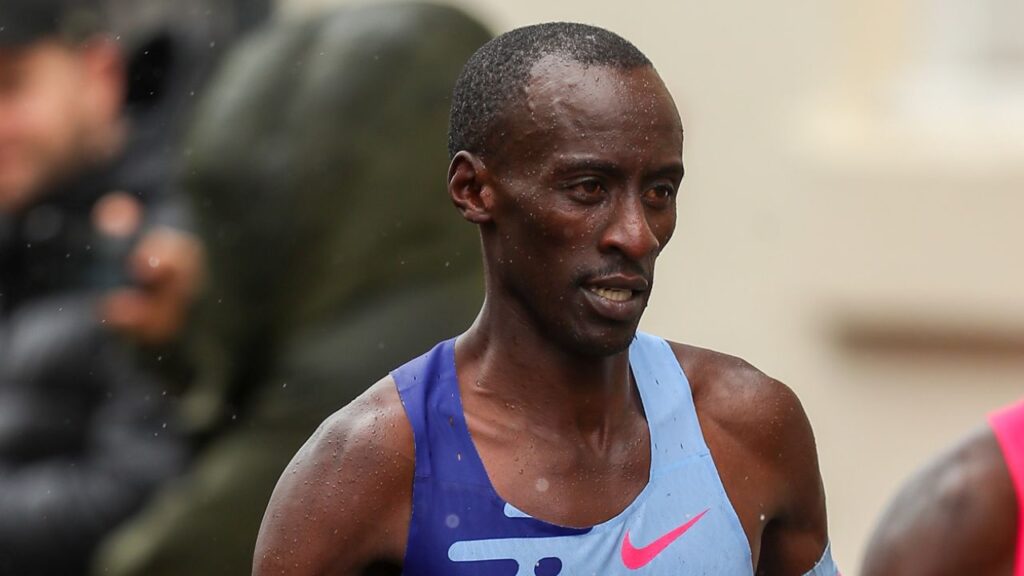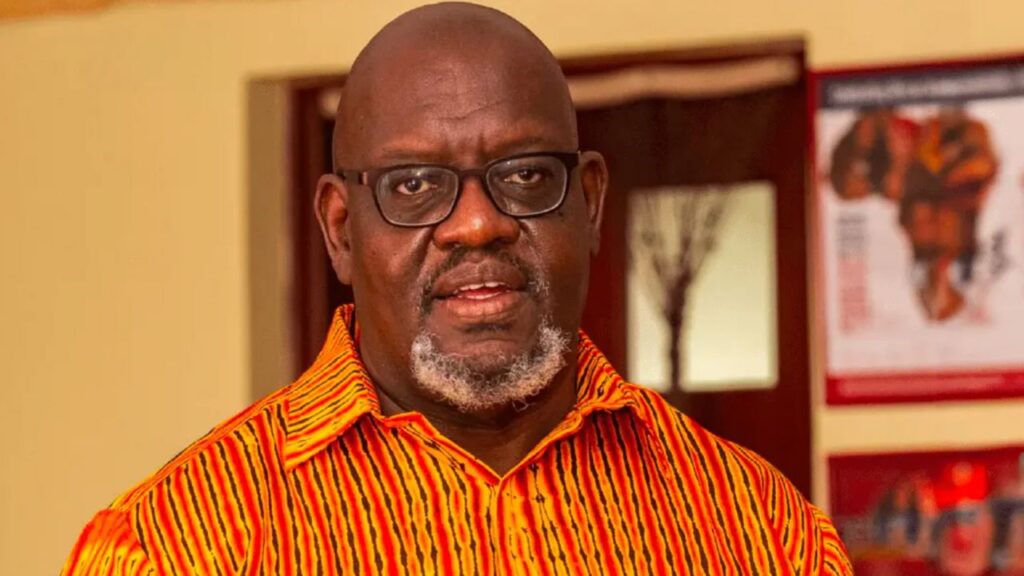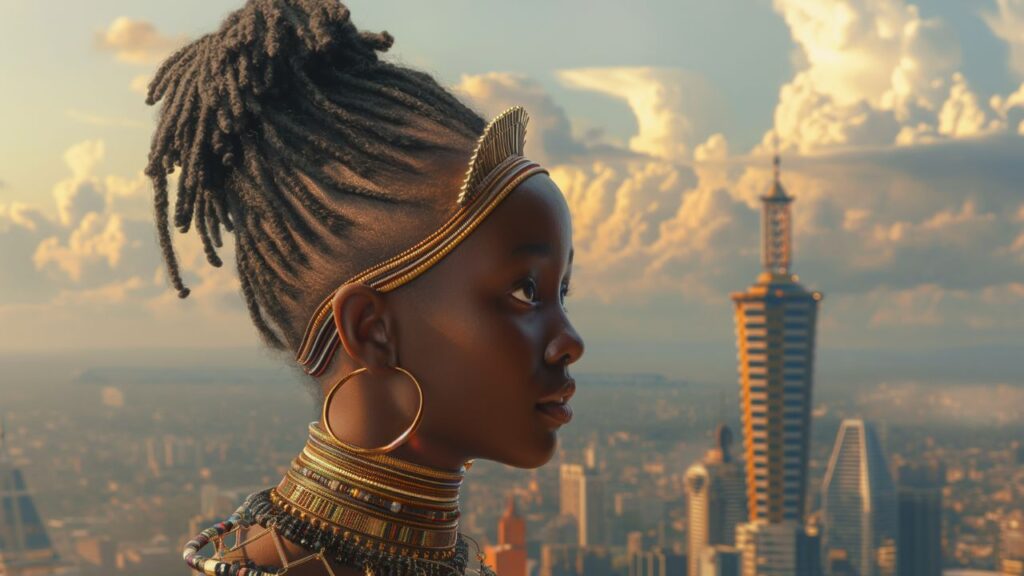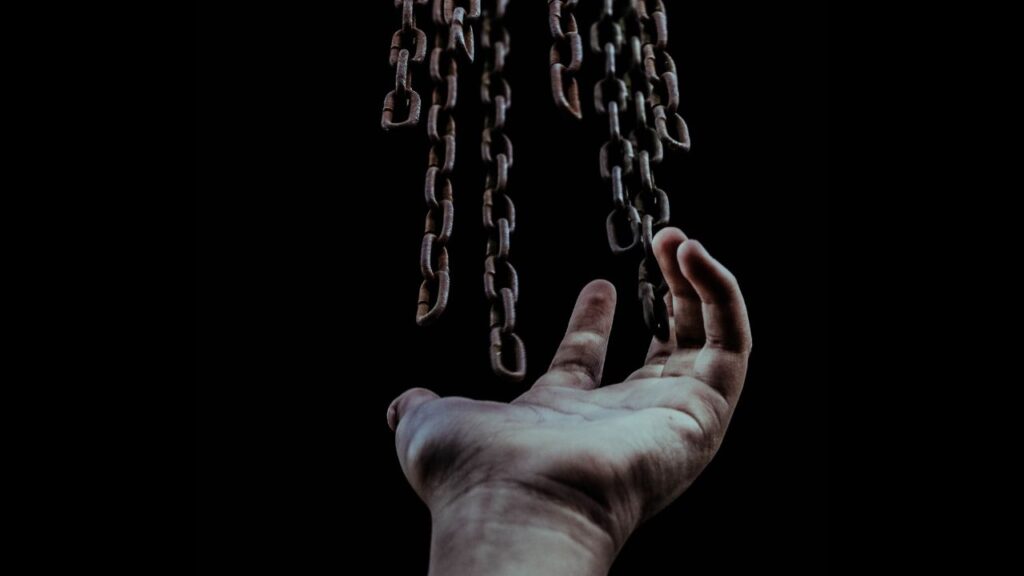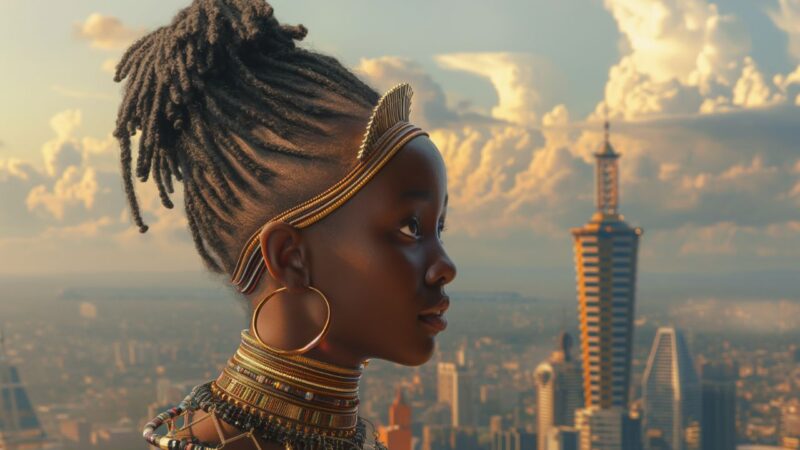Catholic Father, Evans Juma Oduor was the presiding priest of Nyabondo Parish in Nyakach. At a funeral service, he called out president Uhuru Kenyatta and asked him to stop killing innocent Luo protestors. Following the disputed August 8 elections, that the Supreme Court of Kenya nullified on September 1st, Kisumu city has become the epic centre of a brutal police crackdown. It was these incidences that involved shooting of demonstrators and supporters of the NASA coalition led by Raila Odinga, that Father Oduor was referring to. In a bold move, he dared those who might have any case against him, to seek him out at his home address in Kisumu county. It was a bitter lament from the Catholic father against the killing of demonstrators, who were dissenting within their constitutional rights.
On October 22, two weeks after that amateur video of Father Oduor’s damning sermon, the Catholic priest was discovered near a sugar plantation in the Chiga market centre, in Muhoroni area of Kisumu county, unconscious with deep cuts on his forehead and hands. He was rushed to the Jaramogi Oginga Odinga Teaching and Referral hospital in Kisumu by good Samaritans where he died a few hours later. The burnt shell of his car was discovered 5 kms away suggesting a kidnapping. The death occurred 30 kms from his Nyabondo Convent residence. Before his death, he was the Metropolitan of Kisumu chaplain and a prominent figure at the Kisumu Archdiocese.
A priest who had called for a stop to ethnic profiled killings had been murdered. Not even a man of God was untouchable. The news did not even trend for a day before it was overtaken by the latest casualties coming out of Kisumu, a few days to the 26th October repeat Presidential elections. I had prepped pyschologically for the election week in October. With news of increased police presence in Kisumu, I worked the lines, reaching my nephews and nieces to ensure that they stayed out of harms’ way. We could not afford any innocent bystanders taking a bullet. Young people who just innocently happened to be going to the shop to buy some ice cream like Michael Okoth, the form four student at Vihiga high school. In a TV interview, his mother said the people who shot him, retrieved the bullet from his neck.
In two WhatsApp groups monitoring the political crisis in Kisumu, medical emergency numbers, safety tips and real time situational analysis kept arriving as new notifications. Volunteers were determined this time around, that civilian deaths would be reduced and those in the ‘hotspots’ forewarned. That Luo lives would matter. The estates of Kisumu had become the new battle ground with door to door operations.
“They are now shooting people in the estates”, came in a new message and attached a picture of an unidentified wounded civilian. I no longer shared stuff I received from sources in Kisumu, certainly not before I verified and certainly not with those who could not empathise. It was too exhausting trying to explain to people living in comfort zones that Kisumu was not only composed of demonstrators that they saw agitating on TV. Innocent civilians had been attacked in their own homes. Doors broken. Forced entry. Young men dragged out from under beds they were hiding. Babies clobbered. In my line of work, it was important to not let the emotion take precedence but it was always my duty to side with the oppressed. I knew these accounts were real but it was getting difficult for images of police brutality out of Kisumu to elicit the kind of public concern one would hope for. Somehow the narrative of ‘violent demonstrators, looters, criminals, stubborn Luos” had become ingrained in the public mind.
Indeed, stories shape perceptions.
That is the danger of the single story that gifted Nigerian writer, Chimamanda Adichie made famous in a powerful Ted Talk series. Kenya has a fair share of single stories but when it comes to political violence and hooliganism, Kisumu is second to none. The lakeside city, the capital of Luo Nyanza is a designated ‘hotspot’. It is almost matter of fact. An old college friend Paul Okong’o shared a newspaper clipping from the Sunday Nation from 26th October 1969. The headline was ominous “ I’ll crush you, a furious Mzee tells KPU”. Above it: Dusk-to-dawn Kisumu Curfew: Odinga apologises.
26th October 2017, was the date of the repeat presidential elections and incumbent President Uhuru Kenyatta’s birthday. His fierce rival was Raila Odinga who had called for an election boycott. The new generation in Kisumu would learn the country’s history by experience, a bitter one at that.
Ever since the tragic fall out between the founding fathers, Jomo Kenyatta and Jaramogi Odinga, Kisumu has hogged the headlines as the capital of violent demonstrations. History continues to repeat itself 48 years later in a political stalemate between the sons of Jomo and Jaramogi and Kisumu continues to be defined by its past.
On 25th October 1969, President Jomo Kenyatta had arrived in Kisumu to open the Russia hospital today known as the New Nyanza General hospital. The construction of hospital was made possible by funds from Russia and had been spearheaded by Jomo’s former VP turned fiercest critic Jaramogi Oginga. 1969 was particular tense year for the Luo nation. In January 29th of that year, foreign Minister Argwings CMG Kodhek, a brilliant lawyer from Gem, Kenya’s first African barrister died. Kodhek made name in defence of Mau Mau freedom fighters in the colonial courts and died in a mysterious road accident on the road from Hurlingham in Nairobi that now bears his name. Echoes of a political assassination reverberated but the big one was yet to come. In July 1969, Trade unionist, leading political light and one of the founding father’s of the republic Tom Mboya was assassinated on Government Road (now Moi Avenue) in Nairobi, adjacent to a street that now also bears his name and statue. Both murders remained unresolved and the seeds of mistrust between the Kikuyu and Luo matured into a tree of ethnic-based political contest that has been watered by the blood of innocents almost half a century on.
It was against this tense backdrop three months later in October 1969, that President Jomo Kenyatta would arrive in Kisumu to officially open “Russia’, and confrontations seemed inevitable between Kenyatta and Jaramogi who had formed the Kenya People’s Union (KPU) in opposition to the ruling party KANU. The crowds on the ground were hostile to the President’s presence as an unwanted guest as Kisumu had graduated into an opposition capital. Both men assumed uncompromising hardline positions and harsh words were exchanged (matter of historical public record) which only agitated a home crowd in Kisumu still in mourning. Tensions escalated as a section of the crowd engaged in stone throwing. The presidential security guard reacted and made a serious error of judgement by firing directly into the crowds ostensibly for the President’s safety. The motorcade sped away from the grounds leaving a trail of dead bodies. 11 civilians reportedly died that morning of October 25th 1969. Tens of others were injured in the ensuing crackdown.
Kenya People’s Union was banned three days later, its leaders arrested and detained and Kenya became a defacto one-party state. Jomo Kenyatta never returned to Kisumu for the rest of his reign. This tragic episode marked the beginning and since then Kisumu has experienced waves of brutal police crackdown and paid a heavy price for political dissent and protest.
In February 1990, after the brutal murder of popular foreign minister Robert Ouko, demonstrations in Kisumu were met with live fire. In March 1992, my friend the historian, Paul Okong’o would remind me of the Kisumu Boys incident, when police chased demonstrators into the Kisumu Boys high and opened fire despite the fact that the school was in session. This was at the height of the political struggle for multi party pluralism. In 2005, during the Banana campaign in the struggle for a new constitutional dispensation, demonstrating civilians were shot at by police. In 2007, after the disputed Presidential election, large number of civilian casualties in Kisumu experienced live fire during a police crackdown. In 2016, in a protest against the Independent Electoral Boundaries Commission deaths were reported.
Throughout the struggle for multiparty rule, the 2nd liberation, constitutionalism and cycles of election disputes, state-sanctioned violence has become the byword for dealing with the ‘Luo problem” in Kisumu and Nyanza by extension.
During the August 8th election, Kisumu once again bore the brunt of a disputed election contest. Police brutality was visited upon residents of the Kondele and Nyalenda neighbourhoods. This time though, the police operation had taken a new dimension. Particular neighbourhoods like Nyalenda, Obunga, Car Wash and Kondele were targeted and rogue police elements breached homes supposedly in a containment operation gone awry. The face of this tragic episode was a 6-month-old baby, Samantha Pendo who was critically injured and died after a door to door operation in Nyalenda that targeted her parents.
The residents of Kisumu have barely dried their tears and the violence appears to have returned to their streets and homes in October 2017. What has now become the norm is a criminalization of dissent in a country that has accepted shooting of demonstrators particularly of the Luo ethnic extraction in Western Kenya, endorsing a policing culture that rarely shows restraint.
The militarized police presence has become a constant feature of Kisumu recent election disputes and witness accounts continually talk of a rogue elements in uniform engaged in ethnic profiling. The simple story that has now played into the national psyche is that violence breeds violence and the blame resides on the lawless civilian who threw the first stone and provoked the wrath of the police. The pain of victims is ridiculed by a mocking public that has no context of the reality. What is happening in Kisumu is not a Luo issue. It is a human rights abuse issue.
The forgotten story in this no holds barred political contest is that a few hundred agitated demonstrators do not represent the whole of Kisumu.
The ghost of political contest that holds Kisumu hostage has to be exorcised. There are hundreds of thousands of ordinary Kisumu residents of all ethnic extractions who have nowhere to run, because the only the home, they know is Kisumo.
Whenever I talk to my young nephews and nieces, born and raised in Kisumu, I struggle to find the optimism in the midst of the doom and gloom forecast. But I am reminded by something my late father Henry Odhiambo said during a rare conversation about the history of Luo oppression, “ You cannot live in my past. That is not your story. Make your own story”. I surely hope the same for Kisumu’s young lives.
The stories we tell about our experiences matter. The stories we tell about Kisumu matter. The same stories that have been used to undermine, condemn and silence entire communities of people can also be used to empower, dignify existence and restore life. After all, we are the stories that we tell ourselves.
By Oyunga Pala
Oyunga Pala is a Kenyan Newspaper columnist.

